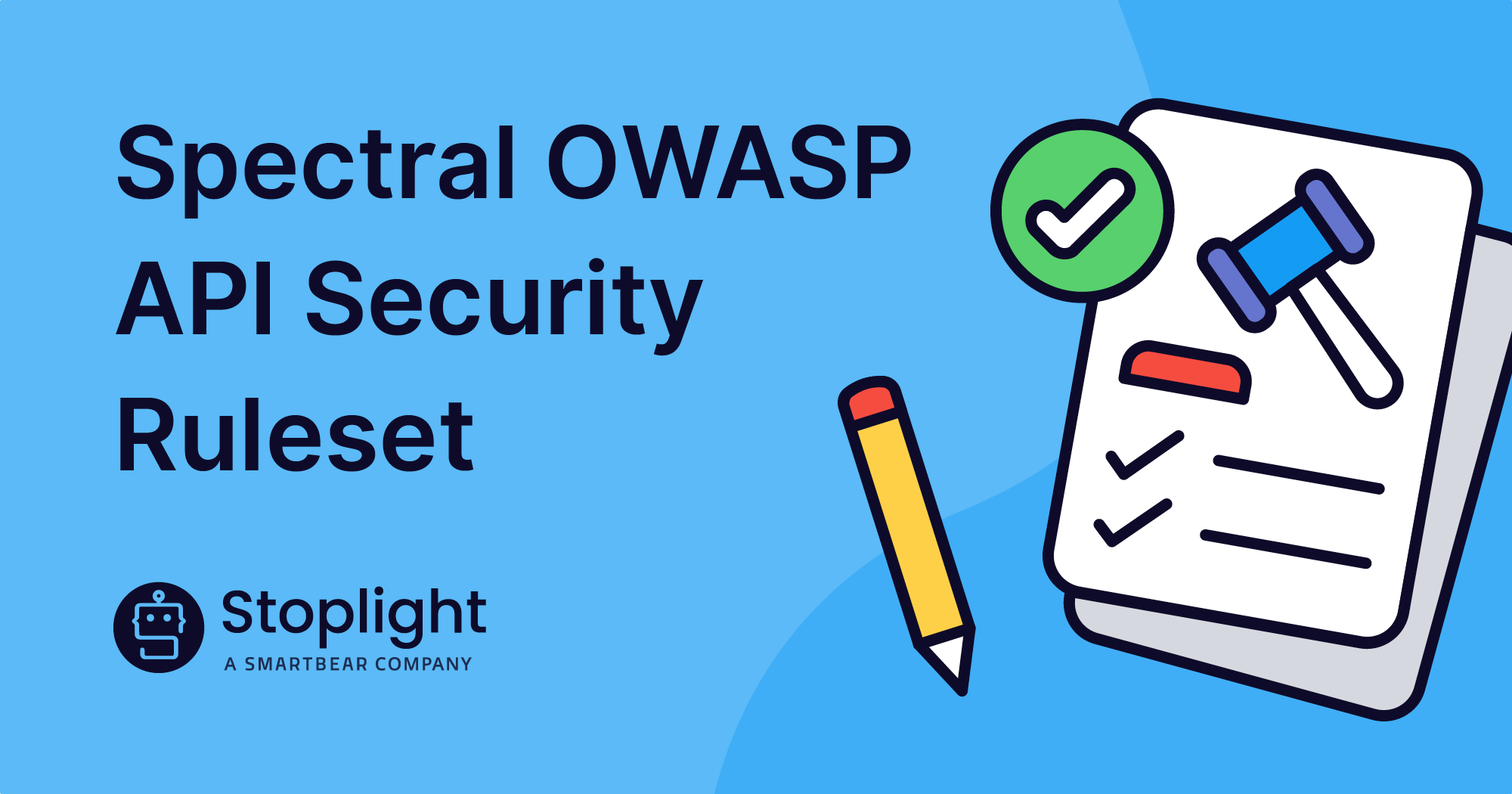As we’ve learned recently at Stoplight through discussions with API leaders, many APIs start out as one-off pieces of technology for integration, partner enablement, or getting a mobile app or product up and running as soon as possible.
A well-run API program requires more thought, cohesion, and effort in order to produce better outcomes across the business. One outcome that organizations continue to strive for is innovation; the ability to create new, valuable products for the market. But how do you enable innovation, particularly through APIs?
One of the best ways to immediately begin improving the opportunity for innovation is by assessing discoverability in your program.
What is API Discoverability and Why Does it Matter?
The process of API discovery is the ability to search and find different API resources within and outside of your software stack. It makes it possible to find the right APIs to enhance your existing applications or find new options for building something brand new.
API discoverability is about making APIs easy to find, understand, and access, both for internal and external developers and partners, depending on your business needs.
When APIs are easy to discover internally, you can build more valuable apps and products faster and easier with less duplication because you know what assets you have already available. Internal discovery can inspire new ideas to mix, match, and design new APIs using your existing capabilities.
When APIs are easy to discover externally, then users can quickly find what your business has to offer, learn about how the API works and why it’s valuable, and can more quickly get started building with your API. Making your external API discoverable leads to more opportunities for innovation from the end-user side, and more opportunities to serve their needs and learn more about them.
Define Your Needs
Before diving into any kind of API innovation and strategy brainstorming at your organization, the first crucial step is to map out your objectives and needs. This could be done by conducting interviews with leaders and stakeholders, both on the business side and the technology side of the house.
- Make an organizational chart identifying stakeholders across the organization
- Understand the API roadmap in terms of internal, partner, and external services
- Identify issues faced by development teams
- Gather feedback from API consumers
- Identify key goals, such as autonomy, agility, and control
Source: https://meta.stoplight.io/docs/api-best-practices/ZG9jOjM2NTQ2Mjky
Discover What You Already Have
As we mentioned earlier, a common problem in growing API programs is not knowing all of your APIs. You need to know what they are, why they exist, what purposes they serve, their current status, their current ownership, and where they live.
Not knowing these crucial details about all of the existing APIs at your organization can lead to duplicated efforts, wasted time and money, inconsistency, insecurity, and disruptions for internal and sometimes external users.
Use Stoplight Platform to organize and catalog your existing APIs
The first step to cracking this problem is to create an inventory of your existing APIs. You can use Stoplight Platform to add your projects from version control or other file systems.
Creating this central view is necessary for achieving your innovation goals; get as many of the APIs as you can across your organization into this inventory to provide a clear picture of what you have to work with.
- Get started by creating a Workspace and adding your APIs to Stoplight
- Add projects to your workspace to create your API catalog
Use Explorer in Stoplight to Assess Your Existing APIs
After you’ve created a Workspace and added your inventory of API projects, next you can start gauging the current status of your API landscape. Stoplight Platform makes it easy to visualize and rationalize your APIs.
After adding your projects, use the Stoplight Explorer to look at your entire program. You will be able to discover:
- Existing APIs
- API descriptions and the description formats being used (OpenAPI v3, Postman)
- Dependencies between endpoints, models, and articles in your organization
- State of documentation for different APIs
- Security policies being used
- Changelogs for different versions of APIs and Schemas
{% video_player “embed_player” overrideable=False, type=’scriptV4′, hide_playlist=True, viral_sharing=False, embed_button=False, autoplay=False, hidden_controls=False, loop=False, muted=False, full_width=True, width=’700′, height=’373′, player_id=’68698829867′, style=” %}
- Learn more about Stoplight Explorer
- Learn more about Tracking Dependencies
Discover Third-Party APIs
Now that you know all of the existing and internal API resources at your disposal, it’s time to fill in the gaps in your business capabilities. The best way to do this is through 3rd party, open-source, and public APIs. And the best place to find third-party APIs to spur your innovation is API marketplaces.
“API marketplaces aggregate APIs and provide a place for application developers to upload, distribute, and monetize their APIs while also providing a space for consumers to discover and implement APIs for their own products.” – G2 report on the Best API Marketplaces.
Use the marketplace to find APIs based on your previously defined needs and capability gaps, as well as your budget. It’s easy to browse all available APIs by feature, user rankings, and reviews.
Find a list of the current top API marketplaces on G2.
Open Source and Public API Options
One of the best tools for ideation is the vast landscape of open-source and public APIs available for your use right now. Don’t be scared of the open-source title; using open-source tools is actually good for business.
APIs enable businesses to compose their capabilities as reusable units, which can then be delivered independently and help speed up innovation.
So where do you find open-source and public APIs that fulfill your needs? Here are a few great resources that will help.
How Do You Make Your API Discoverable?
Let’s say you’ve done all the work to define your business needs, cataloged your existing APIs, fill in the gaps via third-party and open-source APIs, and created an exciting new API product. The last step is to make your API discoverable itself! If you build it, you need to ensure that people will use it.
Based on your intended business model (will you charge for usage? Will it be public or only available through partnerships?), this will determine where your API can live. But at the very least, you should follow these straps.
- Create an OpenAPI definition using Stoplight
- Create excellent documentation
- Ensure your API documentation is discoverable by internal stakeholders or external developers via communications plans, marketing, and search optimization
Get started on the path to innovation today; start adding your existing APIs to Stoplight with a free Workspace.

